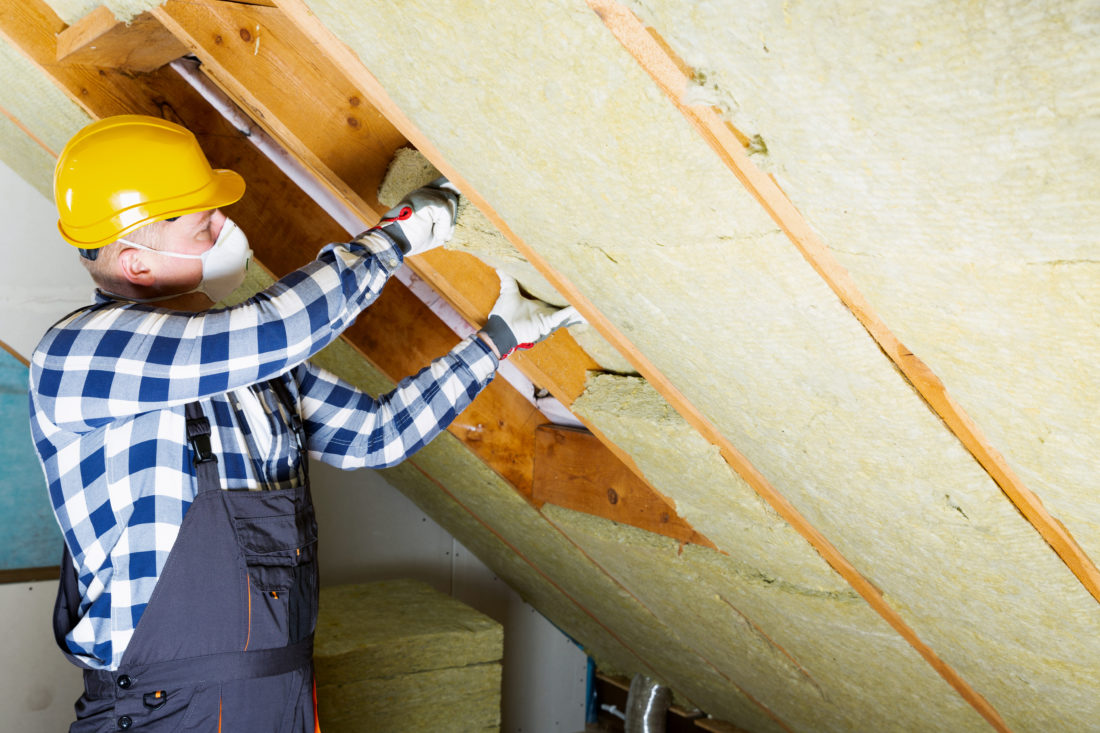
Healthy Homes Standards – Section 2: Insulation
Did you know that ceiling and under floor insulation has been a legal requirement of rental homes since 1 July 2019? The new healthy homes standards add to the current insulation standards.
Insulation has become a requirement for rental properties due to the fact it helps stop heat escaping. Generally speaking, the better insulated a house is, the more heat it will retain.
What does this mean?
Retaining heat in your house will generally mean it will cost less for your tenants to heat their home. Their home will be healthier because it will be drier and less prone to mould. It is important to note that landlords not meeting their healthy homes obligations will be liable for exemplary damages of up to $7,200.
How much insulation do I need?
The amount of insulation your rental property needs is measured using R-values. The measurement R-value is a measurement of resistance to heat flow. The higher your R-value is, the better your insulation is. The minimum R-values do vary across New Zealand, it is always important to check what zone your property is in.

- Zone 1 – ceiling R 2.9, underfloor R 1.3
- Zone 2 – ceiling R 2.9, underfloor R 1.3
- Zone 3 – ceiling R 3.3, underfloor R 1.3
If you are purchasing new insulation, the R-value will be displayed on the packaging. If your property has old insulation it may be harder to find out your R-value. Many insulation installers will staple the packaging slip to a beam in the ceiling, and this will display the R-value of the old insulation used.
If your insulation was installed before 1 July 2016 it must be at least 120mm thick. You can measure the thickness yourself, or consult with a professional. There is one exemption for your insulation being below 120mm:
- the insulation originally met the R-value when it was installed, and
- the thickness has not degraded by more than 30% since it was installed.
All insulation installed in New Zealand must be installed in accordance with the New Zealand Standard.
Exemptions to the insulation standard
Access to the underfloor or ceiling is impracticable or unsafe. You are exempt from installing insulation from your rental property if a professional installer is unable to access and/or insulate safely. Reason’s this might not be safe or reasonable are:
– Their design
– Limited access
– Potential for substantial damage
– Healthy and safety reasons
You can receive partial exemption for certain underfloor insulation. If your rental property had underfloor insulation installed when it was built or converted you may be partially exempted. The underfloor insulation must be in reasonable condition though. For your partial exemption to be accepted you must have the following compliance documents:
– Code of compliance certificate
– Certificate of acceptance
– Another relevant compliance document
There is another habitable space directly above or below your property. The final exemption focuses on where there is ceiling or floors with other habitable spaces directly above or below. If this is the case, your rental property does not require insulation to meet the healthy home insulation standards.
If you installed your insulation after 1 July 2016, your rental property should already meet the healthy homes insulation standards. However, we do recommend that you still check the insulation in case it does not.
Our healthy homes inspectors are trained and qualified in what they do. With one in every fifty rental properties being assessed by Betta Property Compliance, it is safe to say we have you covered.
